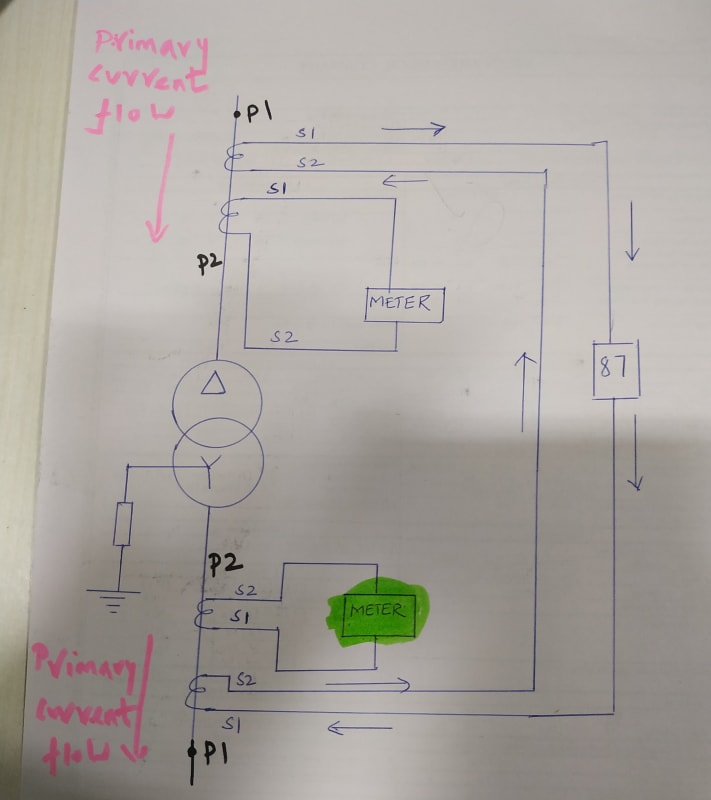charz
Electrical
- Jan 11, 2011
- 95
Is the attached arrangement of CTs correct for differential protection of transformer? The "P2" of CTs on both the primary & secondary of transformer are towards the transformer.


Follow along with the video below to see how to install our site as a web app on your home screen.
Note: This feature may not be available in some browsers.

